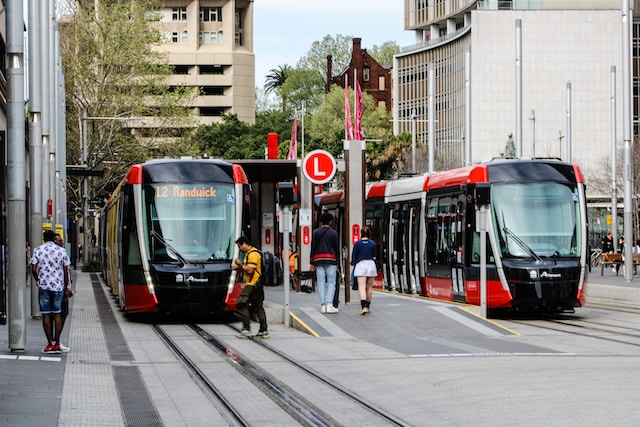
As the urban landscape continues to evolve, the need for efficient and sustainable transportation grows exponentially. In this age of rapid urbanization and population expansion, the importance of mass transit cannot be overstated. With an ever-increasing number of commuters and travelers seeking a convenient and eco-friendly way to navigate through bustling cities, mass transit emerges as the quintessential solution.
Gone are the days when individuals relied solely on private vehicles, contributing to traffic congestion and environmental degradation. Mass transit, with its wide array of comfortable and reliable options, has transformed the way we move within our metropolises. From subways and trams to buses and trains, these interconnected systems provide an interconnected web of transit, seamlessly connecting neighborhoods, cities, and even entire regions.
Types of Mass Transit
Mass transit encompasses a wide range of transportation systems designed to efficiently move large numbers of people within urban and suburban areas. These systems offer various modes of transportation to cater to diverse needs and geographical considerations.
1. Bus Transit
Bus Rapid Transit (BRT)
Bus rapid transit, commonly known as BRT, is a mass transit system that features dedicated bus lanes, signal prioritization, and elevated platforms for faster boarding. BRT systems are known for their flexibility and cost-effectiveness.
Electric Buses
Electric buses are gaining popularity in mass transit for their environmental benefits. These buses run on electricity, reducing emissions and noise pollution. They can be charged at depots or through overhead wires (trolleybuses).
2. Light Rail Transit (LRT)
Light rail transit, often abbreviated as LRT, consists of light rail vehicles that operate on tracks either at street level or on their own rights of way. LRT systems offer a compromise between buses and heavy rail, providing a smooth and comfortable ride.
Tram Systems
Trams are a subset of light rail transit, typically operating on tracks embedded in city streets. They are known for their frequent stops and ability to integrate seamlessly with urban environments.
3. Subway/Metro Transit
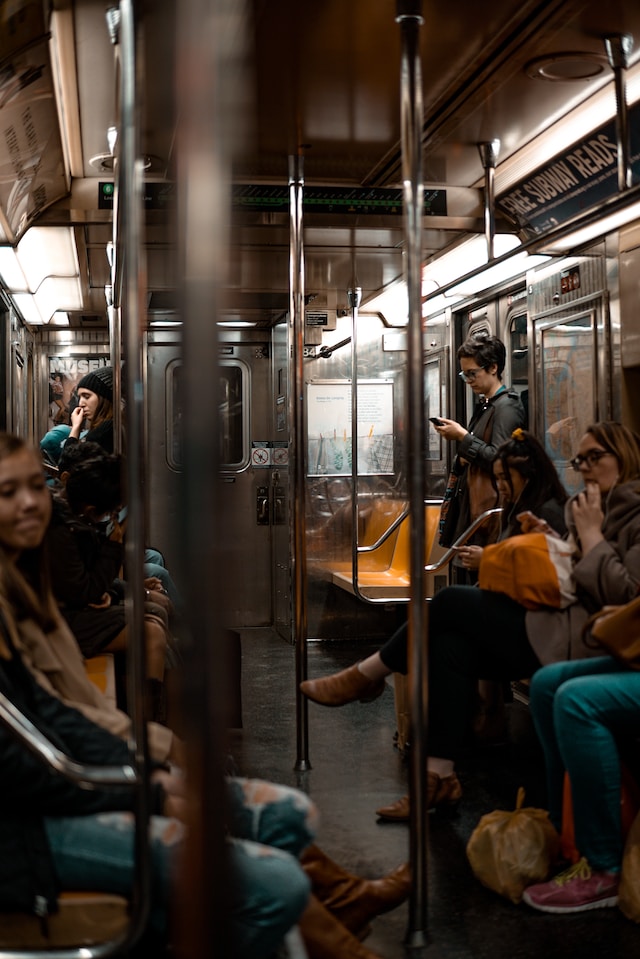
Subway and metro systems are characterized by underground, elevated, or grade-separated tracks. These systems are known for their high capacity and efficiency in transporting passengers in densely populated areas.
High-Speed Subway
Some subway systems, like the Shinkansen in Japan, are designed for high-speed travel, providing efficient intercity connections.
4. Commuter Rail
Commuter rail systems are designed to transport people between suburbs or outlying areas and city centers. They offer a more comfortable and spacious travel experience, making them ideal for longer daily commutes.
Regional Rail
Regional rail systems, such as Amtrak in the United States, provide intercity and interstate passenger transportation services. These systems connect urban centers and regions, often crossing state or national borders.
5. Tram and Streetcar Systems
Trams and streetcars are versatile and often operate at street level on tracks. They are particularly suitable for transporting passengers within urban areas.
Heritage Trams
Some cities maintain heritage tram systems as tourist attractions or for historical preservation, showcasing the history of mass transit.
6. High-Speed Rail
High-speed rail systems are designed for rapid, long-distance travel between major cities. These trains can reach speeds of up to 300 mph (480 km/h) and are known for their efficiency and minimal environmental impact.
Maglev (Magnetic Levitation)
Maglev trains use magnetic forces to lift and propel the train, eliminating contact with traditional tracks. They are considered the future of high-speed rail.
Each type of mass transit system offers a unique set of advantages and is tailored to meet the specific needs of the communities they serve. The choice of mass transit mode depends on factors such as population density, geography, and available infrastructure, with the goal of providing efficient and sustainable transportation solutions for urban and suburban regions.
Benefits of Mass Transit
Mass transit systems offer a multitude of benefits that positively impact individuals, communities, and the environment. These systems play a crucial role in addressing urban transportation challenges, promoting sustainable, efficient mobility, and a way to address climate change .
Environmental Benefits of Mass Transit
- Reduced Emissions: Mass transportation significantly reduces the number of private vehicles on the road. This leads to a decrease in carbon emissions and air pollutants, contributing to cleaner and healthier urban environments.
- Energy Efficiency: Mass transit vehicles are often more energy-efficient per passenger mile than private cars. They can be powered by electricity, natural gas, or other cleaner energy sources, reducing overall energy consumption.
Economic Benefits of Mass Transit
- Reduced Traffic Congestion: Mass transit eases traffic congestion in urban areas. Fewer private vehicles on the road lead to shorter commute times and lower stress levels for both commuters and businesses.
- Cost Savings for Commuters: Using mass transportation can lead to substantial cost savings for individuals. Commuters who rely on public transportation spend less on fuel, parking, and vehicle maintenance, resulting in increased disposable income.
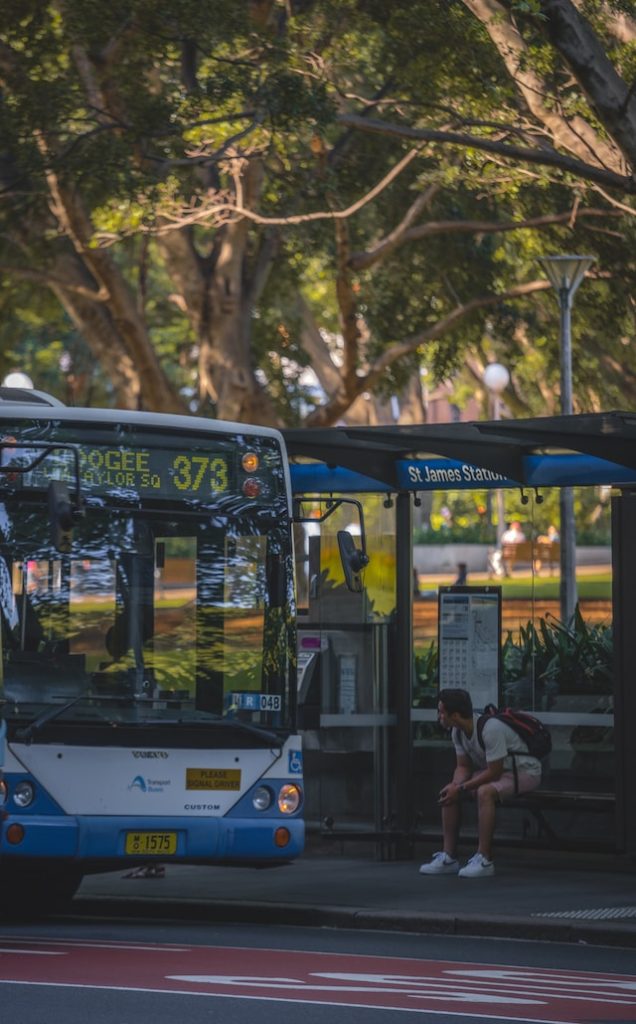
Social Benefits of Mass Transit
- Increased Accessibility: Mass transit systems offer accessible transportation options for all segments of the population, including those who cannot afford a private vehicle, those with disabilities, and the elderly.
- Enhanced Social Equity: Mass transportation promotes social equity by providing affordable transportation options. It reduces transportation-related disparities and ensures that everyone has access to essential services and job opportunities.
Land Use and Urban Development
Transit-Oriented Development (TOD): Mass transit hubs often stimulate transit-oriented development, leading to mixed-use, pedestrian-friendly neighborhoods. This can reduce urban sprawl, lower transportation costs, and create vibrant urban centers.
Reduction in Urban Sprawl: Mass transportation discourages urban sprawl by concentrating development around transit corridors. This helps preserve natural landscapes, reduce commuting distances, and protect valuable farmland.
Mass transit’s benefits extend beyond individual passengers and touch on environmental, economic, and societal aspects. These systems are crucial tools in addressing the challenges of urbanization and helping communities thrive while minimizing negative impacts on the environment. As cities continue to grow, mass transit remains a key element in creating more sustainable and efficient transportation systems.
Challenges and Concerns
While mass transit systems offer a multitude of benefits, they also face several challenges and concerns that can impact their effectiveness and sustainability. Addressing these issues is crucial to ensure that mass transit continues to play a vital role in urban transportation.
Funding and Budgeting
The construction and maintenance of mass transportation infrastructure, including tracks, stations, and vehicles, often come with substantial costs. Securing funding for these projects is a common challenge, as they require significant upfront investments.
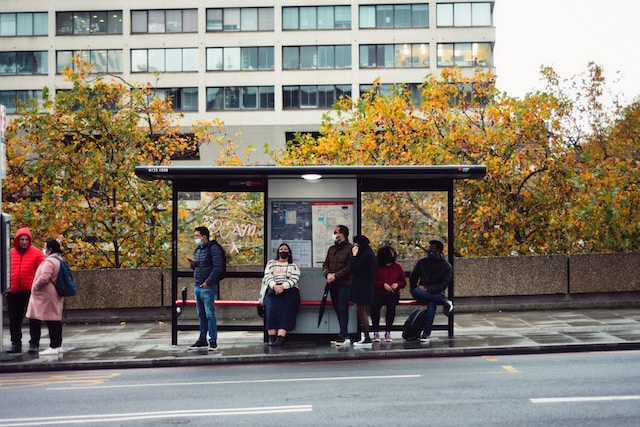
Mass transportation systems rely on various funding sources, including government subsidies, ticket revenue, and public-private partnerships. Maintaining consistent funding levels and securing long-term financial stability can be a challenge.
Infrastructure and Maintenance
Many cities struggle with outdated mass transit infrastructure that requires significant investment and renovation. Aging systems can result in service disruptions, safety concerns, and increased maintenance costs.
Maintaining a high level of service reliability is essential for mass transportationsystems. Mechanical breakdowns, delays, and service interruptions can lead to passenger dissatisfaction and decreased ridership.
Ridership and Accessibility
Achieving a diverse ridership that includes people of all income levels, ages, and backgrounds can be challenging. It is essential to provide equitable access to mass transit services.
Mass transit systems must ensure accessibility for passengers with disabilities, including wheelchair ramps, elevators, and appropriate signage. This commitment to inclusivity can be resource-intensive.
Safety and Security
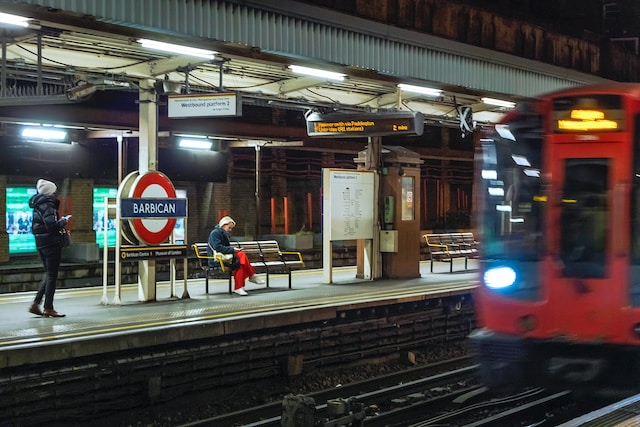
Maintaining a safe environment for passengers is essential for the success of mass transit. Safety concerns can deter ridership, and addressing them requires vigilant security measures.
Mass transportation systems must have robust emergency response and disaster preparedness plans in place. Ensuring the safety of passengers during natural disasters, accidents, or acts of terrorism is a significant concern.
Innovations in Mass Transit
In an era of rapid technological advancement and increasing environmental awareness, innovations in mass transit have become crucial for improving efficiency, sustainability, and passenger experience.
Electric and Hybrid Vehicles
Mass transportation agencies around the world are transitioning to electric buses and trains to reduce carbon emissions. Electric mass transit vehicles are quieter, produce no tailpipe emissions, and contribute to cleaner urban air quality.
Hybrid mass transportation systems combine the benefits of electric and traditional propulsion methods. These systems offer flexibility, reduce fuel consumption, and are particularly well-suited for routes with varying terrain.
Digital Ticketing and Payment
Digital ticketing and contactless payment systems are gaining popularity, offering passengers the convenience of paying fares with smartphones, smart cards, or even biometric authentication. This technology streamlines the boarding process, reducing waiting times and enhancing efficiency.
Mass transportation agencies are developing mobile apps that provide real-time information on routes, schedules, and service disruptions. These apps often include features such as trip planning, ticket purchase, and updates on vehicle locations.
Sustainability Initiatives

Many mass transit systems are transitioning to renewable energy sources to power their vehicles and infrastructure. This move reduces the carbon footprint of mass transit and aligns with broader sustainability goals.
Innovations in mass transportation infrastructure design are incorporating green elements such as solar-powered stations, green roofs, and rainwater harvesting. These initiatives reduce energy consumption and promote a greener urban landscape.
Embracing these innovations is essential to ensure that mass transit remains a viable and attractive mode of transportation in the 21st century. As technology and environmental concerns continue to evolve, mass transit systems will need to adapt and integrate these innovations to meet the changing needs of urban and suburban communities. These advances will not only improve the passenger experience but also contribute to more sustainable and efficient transportation systems.


